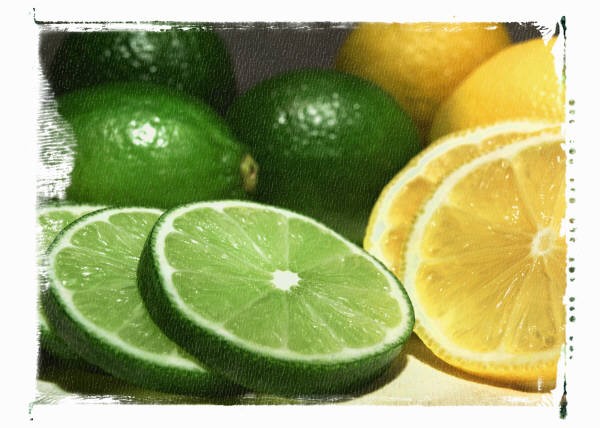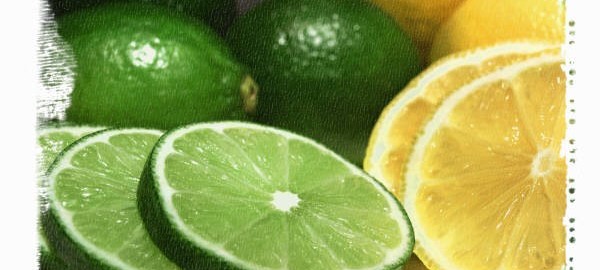The aromatic and healthful oils so plentiful in the peel of lemons and limes can add a burst of flavor to many foods. With the proper tools, zesting lemons and limes is easy. The method I like the best is the microplane zester. Remove only the thin outer layer of peel (the underlying white pith is bitter).
Before zesting the fruit, be sure to wash it well, or scrub gently with a vegetable brush. Now you’re ready to use one of the following methods to remove the zest . . .
Box or Hand Grater. Rub the fruit against the fine side of the grater. This method tends to leave a lot of zest on the grater, and you have to be careful not to grate your knuckles!
Vegetable Peeler & Sharp Knife. These are suitable for coarsely chopped zest or long strips of zest. Peel the outer layer off the citrus, being careful not to cut into the pith (white part). With a sharp knife, chop these strips as required by your recipe.
Basic Zester. This gadget looks like a bottle opener with small holes in the tip. It produces fine curly strands of rind when you press it against the contours of the skin of a lemon or other citrus fruit.
Microplane® Zester. Inspired by a carpenter’s wood rasp, this new kitchen tool is by far the easiest way to zest a citrus fruit. You can zest a whole lemon in a matter of seconds. This tool is worth adding to your gadget drawer if you want to enjoy citrus zest often.
Adapted from Food for Thought: Healing Foods to Savor.
More tips, strategies, and techniques to help you
out in the kitchen . . .
- APPLES: Selecting, Storing, and Preparing
- AVOCADOS: The science behind the best (and healthiest) guacamole (Washington Post, ACS Reactions)
- GINGER: How to peel, chop, and grate
- GRAINS: How to cook (UC Berkeley Wellness); Handy Chart! (Popsugar)
- HERBS: Keep herbs fresh and prepare them like a pro
- LEMONS & LIMES: How to zest
- MANGOES: How to cut a mango (National Mango Board)
- SQUASH: How to cut and cook
- VEGETABLES: 60+ Healthy Way to Cook Vegetables. Discover healthy ways to cook your favorite vegetables from acorn squash to zucchini (A to Z) using this helful infographic.(UC Berkeley Wellness)

